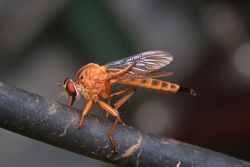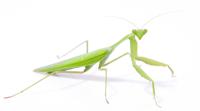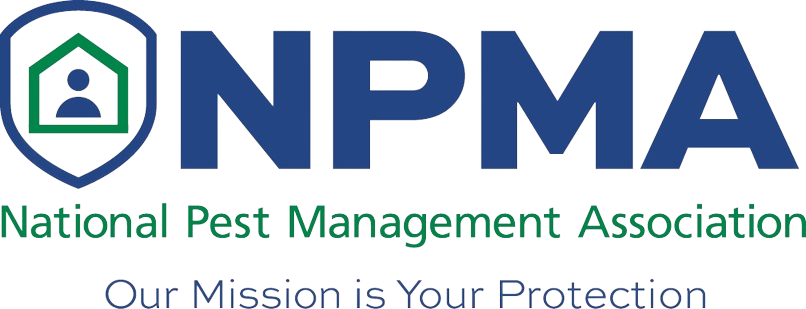 Description:
Description:
The phorids, also known as humpbacked flies, are small to minute flies that resemble fruit flies in appearance. When people see small-sized flies in their home, their first thought is that they must be fruit flies. However, there are a handful of other kinds of small flies that may also be found in homes. One common type is the phorid (FOUR-id) fly also know as humpbacked fly, coffin fly, and scuttle fly.
Appearance:
The Phorid fly lacks the red eye color that is the classic trademark of the fruit fly. Phorid flies are in the small category of flies, measuring up to 1/8 inch in length, including the wings. The most prominent feature of this fly is the humpbacked shape of its thorax. The severe arch of the thorax gives it the common nickname of humpbacked fly.
Lifecycle:
Phorid flies develop by egg, larva, pupa and adult. The female will lay about 20 eggs at a time and will lay about 40 eggs in a 12 hour period. Each adult female phorid will lay approximately 500 eggs. The tiny eggs are deposited on or near the surface of decaying organic matter. Larvae emerge in 24 hours and feed for 8 to 16 days. The Phorid fly larvae then crawl to a drier spot to pupate. The life cycle from egg to adult can be completed in as little as 14 days under ideal conditions but may take as long as 37 days to complete their cycle.
Habits:
Adult Phorid flies are fairly common in many habitats, but are most abundant about decaying plant and animal matter. In structures, these flies can be found breeding wherever moisture exists around plumbing and drains in bathroom and kitchen areas, garbage containers, garbage disposals, crawl space areas and basements. The most easily recognized feature is the habit of the adult Phorid fly running rapidly across surfaces instead of immediately flying when disturbed.






